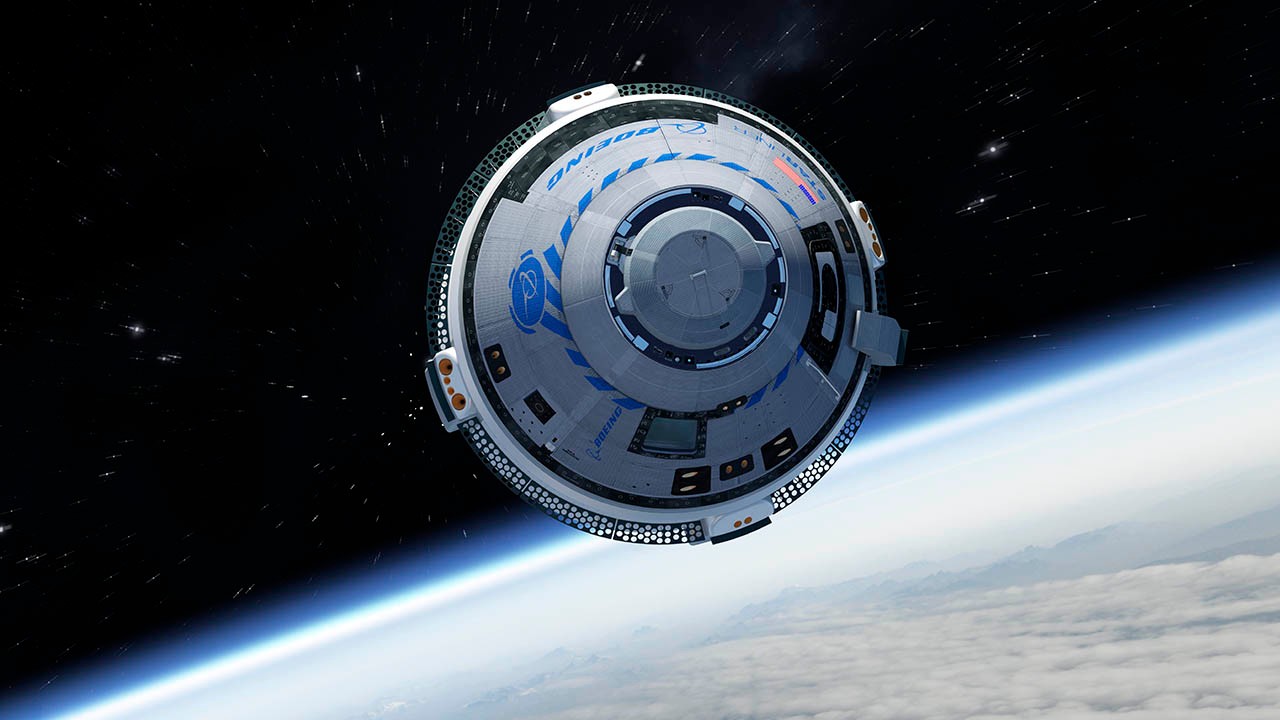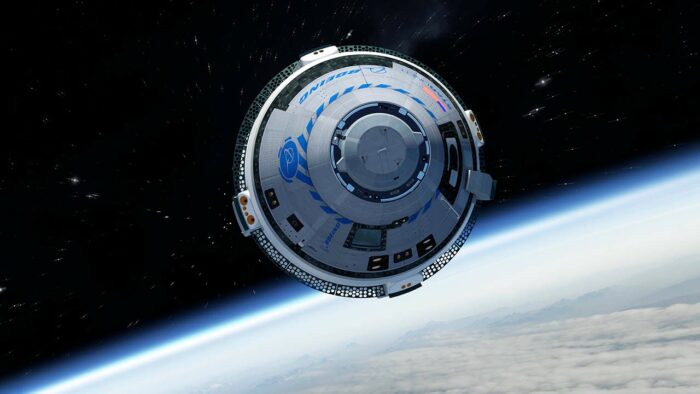From the earliest days of rocketry to the modern era of commercial space travel, the history of human spaceflight has been a testament to our relentless drive to explore the unknown and unlock the secrets of the cosmos.
Today is the International Day of Human Space Flight, a celebration commemorating the first time a human, cosmonaut Yuri Gagarin, flew into space on April 12, 1961. In honour of the day, it seems fitting to reflect on the profound impact the top historic human spaceflight moments have had on our world. Each milestone has expanded our understanding of the universe, while also serving as a catalyst for groundbreaking innovations that have transformed life on Earth.
From the development of life-saving medical technologies to the creation of new industries and the advancement of our understanding of the universe, the legacy of these achievements is one of unparalleled innovation and progress.
5 Most Impactful Moments in Human Spaceflight
The First Manned Spaceflight: Yuri Gagarin’s Historic Flight
The event that today is all about – on April 12, 1961, on the first successful crewed spaceflight, Soviet pilot and cosmonaut, Yuri Gagarin became the first human to journey into outer space, completing a single orbit of the Earth in the Vostok 1 spacecraft. This groundbreaking achievement marked the beginning of the space age and sparked the Space Race – a fierce competition between the United States and the Soviet Union.
While Yuri’s trip into the cosmos triggered fear about the Soviet Union’s technological capabilities, particularly in the US, it also inspired people around the world resulting in widespread interest in space exploration and a drive to expedite innovation on a national level.
The Apollo 11 Moon Landing
One of the most iconic moments in human history occurred on July 20, 1969, when Neil Armstrong and Buzz Aldrin became the first humans to land on the lunar surface. The Apollo 11 mission fulfilled President Kennedy’s goal of “landing a man on the Moon and returning him safely to the Earth” before the end of the 1960s. It also represented a major symbolic and technological victory for the United States in the Cold War Space Race against the Soviet Union.
Here on Earth, the milestone made waves with hundreds of millions of people gathering to watch the historic event on television – captivating the global public and leading to a huge boost in careers in science and engineering.
The Space Shuttle Program
NASA’s Space Shuttle Program operated from 1981 to 2011, revolutionising human spaceflight by introducing a reusable spacecraft capable of launching into orbit, delivering payloads, and returning to Earth. The program’s 135 successful missions, including the deployment of the Hubble Space Telescope, solidified the United States as a global leader in space exploration.
The spacecraft produced by the Space Shuttle Program include the Columbia, Challenger, Discovery, Atlantis, and Endeavour. These iconic shuttles played pivotal roles in human spaceflight, sending astronauts into orbit, facilitating the launch, retrieval, and repair of satellites, spearheading groundbreaking scientific research, and contributing to the assembly of the crowning achievement of international cooperation in space, the International Space Station.
The spacecraft themselves along with the innovative technology that has resulted from the Space Shuttle Program have been instrumental in making space exploration more accessible than ever.
The International Space Station
The International Space Station (ISS) has been continuously inhabited by humans since November 2000, serving as a hub for scientific research, technological development, and international cooperation in space. The ISS has hosted thousands of experiments and welcomed astronauts from over a dozen countries.
Along with enabling long-term scientific research and technological innovation in a microgravity environment, the ISS also demonstrates the potential for sustained human presence in space.
Commercial Space Travel
The rise of private space companies like SpaceX, Blue Origin, and Virgin Galactic has ushered in a new era of commercial space travel. With the successful development of reusable launch vehicles and spacecraft, these companies have made space more accessible and affordable, paving the way for the democratisation of space exploration.
With the increase in commercial space capabilities, there has been a real shift away from strictly government-led space programs and missions. Today, collaboration between commercial and government entities is crucial to optimising space travel and exploration. New laws, frameworks, and policies are being developed and released regularly to nurture a global space tech industry that leverages both private and public contributions.
Ultimately, the New Space Era has increased innovation, competition, and progress in space technology and exploration, and will likely continue to, opening up new opportunities for governments, businesses, and even individuals.
The history of human spaceflight is a testament to the ingenuity, determination, and boundless curiosity of the human spirit. From the pioneering flights of Yuri Gagarin and Neil Armstrong to the ongoing advancements in commercial space travel, each of these milestones has played a crucial role in expanding our understanding of the universe and our place within it.
Share this article:








